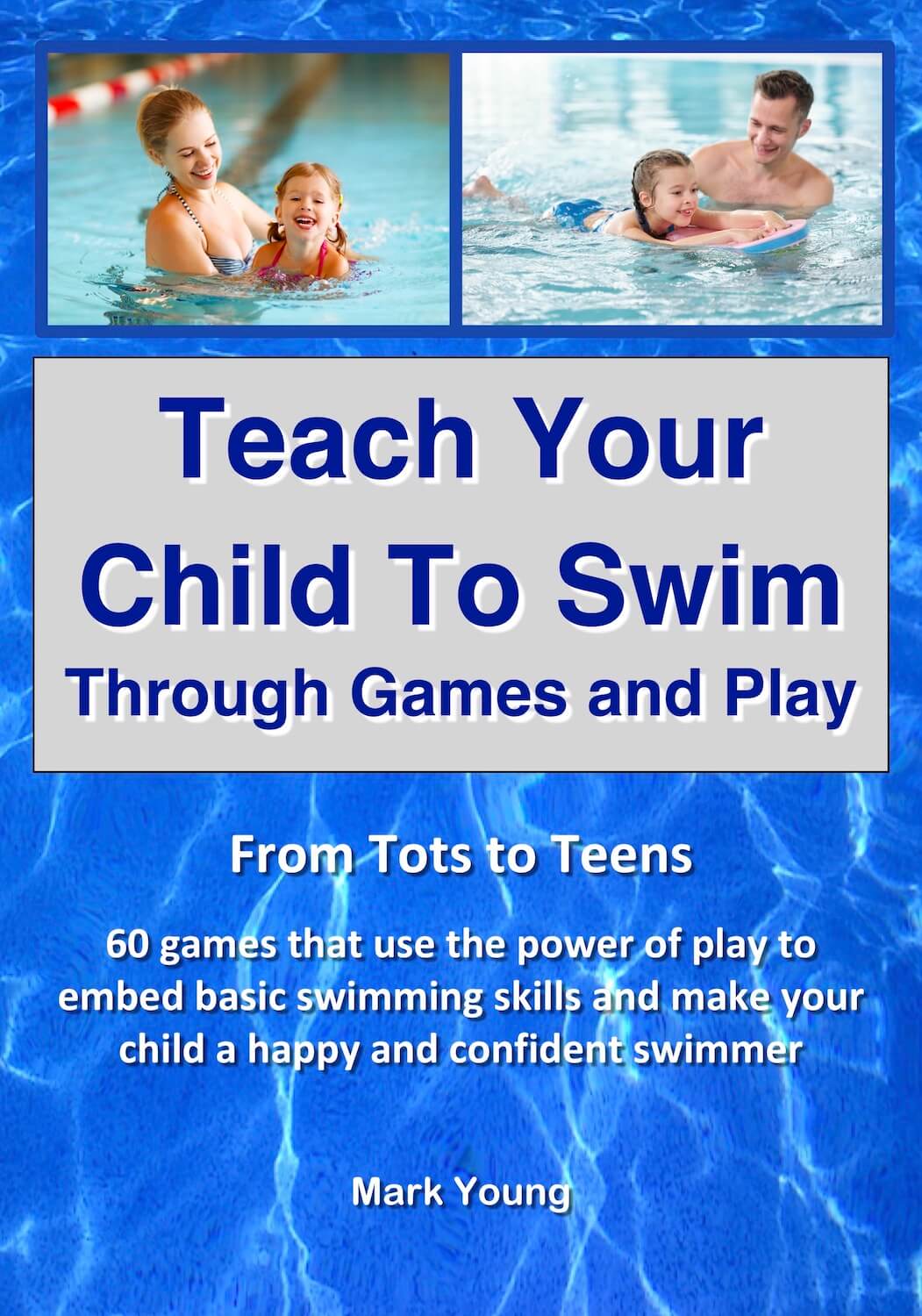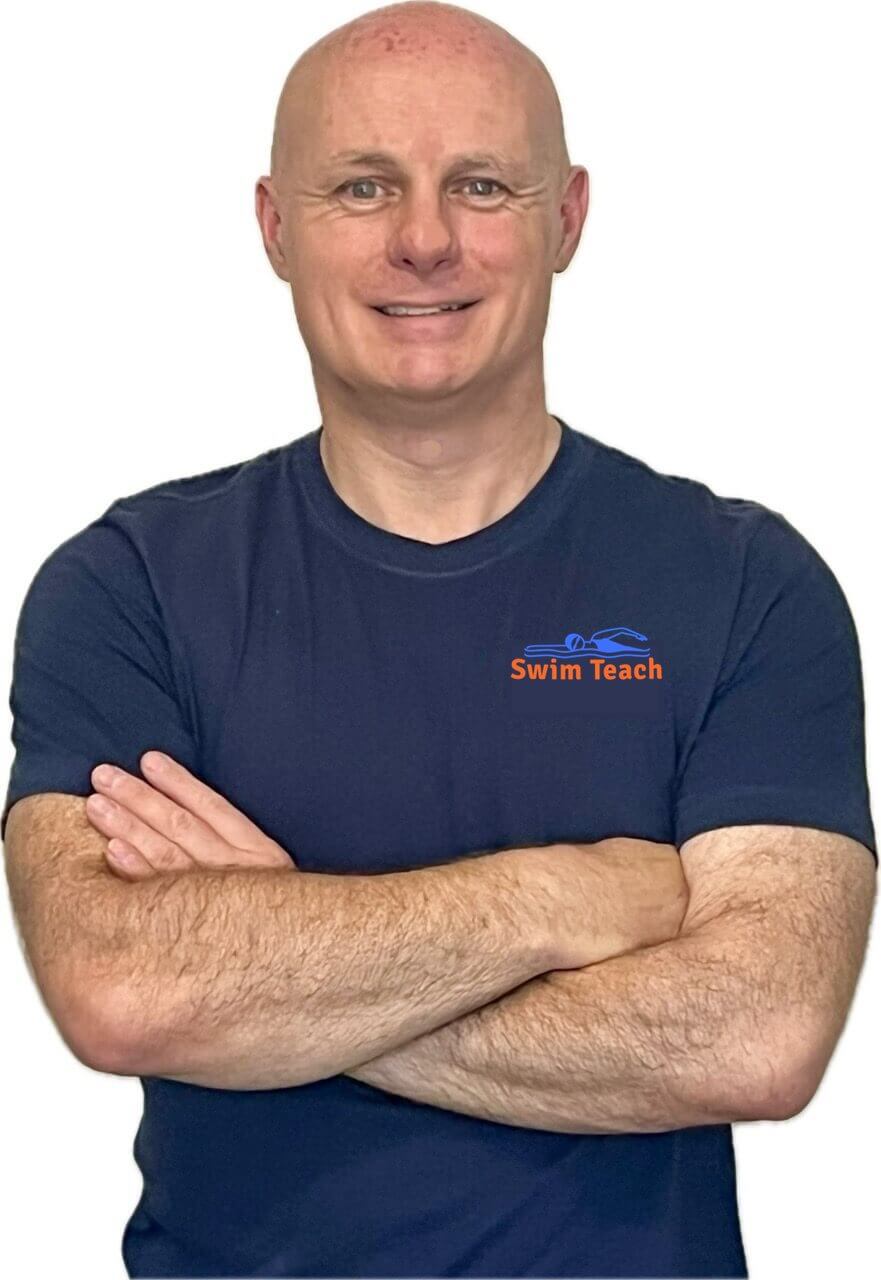- Swim Teach Home
- teach your kid to swim
- Fun Pool Games for Kids
- Learning to Swim With Dyspraxia
Learning to Swim With Dyspraxia
My 5-year-old son has dyspraxia, which means he finds it difficult to coordinate himself and has poor muscle tone.
The problem we are encountering learning to swim with dyspraxia is his inability to float and get his head out of the water to breathe.
He can "swim"... well over 20metres without a breath, can dive, and with the aid of a snorkel, he has swum over 500 metres without any buoyancy aids or floats.
Floating seems to be impossible, he simply sinks and whilst he does come back up to a degree, it’s never enough for his mouth or nose to break the surface (yes, even on his back). Backstroke has similar effects; he doesn’t have the strength or coordination to master this yet.
Swimming on his front he can keep his head out of the water enough that the top of his nose is clear but not enough to breathe.
Can you suggest anything to help? Techniques to use or flotation aids to try. Floatation aids are either armbands or vest types, which seem overkill for the tiny buoyancy he needs to break the surface.
Hoping you can help.
This is a very common occurrence with children learning to swim and may have little to do with his dyspraxia.
So often over the years, I have found 4 and 5-year-old children learning to swim nearly always learn to swim underwater before they can swim with their head and face out of the water.
His dyspraxia will affect his coordination and his motor skills more so than other children, and there are a couple of ways to help bring on his movements and help his swimming strength.
When it comes to lifting the head to take a breath, the arm action is key. A good arm pull is required to help pull the body upwards and lift the head over the water's surface. Simply lifting the face upwards to breathe is usually not enough.
Try having him hold a float under one arm and use the other to pull the water whilst kicking his legs. This is an old exercise used in swimming lessons, and it allows the swimmer to focus on one arm only whilst the float gives just about enough support to lift the head to breathe. Change arms with the float about every 20 meters so that both arms get an even amount of swimming.
This will allow him to build strength in his arms and get used to raising his head to breathe regularly.
To get him to breathe before he needs to and to avoid him swimming forever with his head down, try and teach him to lift his head every 3 or 4 arm pulls. If counting arm pulls while swimming is difficult (as his dyspraxia may cause it), get him to breathe on your command. The main point here to stop him from going for the easy option he has been used to is swimming as far as he can with his head down.
Another option is to try a Swimfin. The Swimfin will probably give him a little more buoyancy than he needs, but it will give him total freedom of his arms and allow them to reach and pull correctly as if he had no buoyancy aids on at all.
You are correct, armbands and floatation vests are overkill, and although the Swimfin will provide more floatation than he needs, it will apply it in the right place for now. Click here for more information about Swimfin.
Don’t be surprised or put off if he develops a vertical swimming position for a while, as the Swimfin sometimes does this. If you are encouraging him to lift his head to breathe, he will be doing it at the expense of his floating legs, and they will, in turn, sink a little.
Over time as he builds up strength in his arms and other muscles needed to lift his head, he will be able to do it without his legs sinking.
Make sure you mix swimming with the buoyancy aids with some swimming without any, and then he will get a chance to test his newfound breathing technique and will also not become reliant on any floats.
Turn as much as you can into a game to make it fun. Games that help to take any fears and anxieties away from your child will ensure they learn and grow in confidence without even knowing they are learning and progressing.
Make It Easy For You Kids To Learn To Swim
Download your copy and discover the power of play!
 Teach Your Child To Swim Through Games And Play
Teach Your Child To Swim Through Games And Play60 games that use the power of play embed basic swimming skills and make your child a happy and confident swimmer.
$14.99

I am a member of the Amazon Associates Program and I will earn a commission from qualifying purchases at no extra cost to you.



